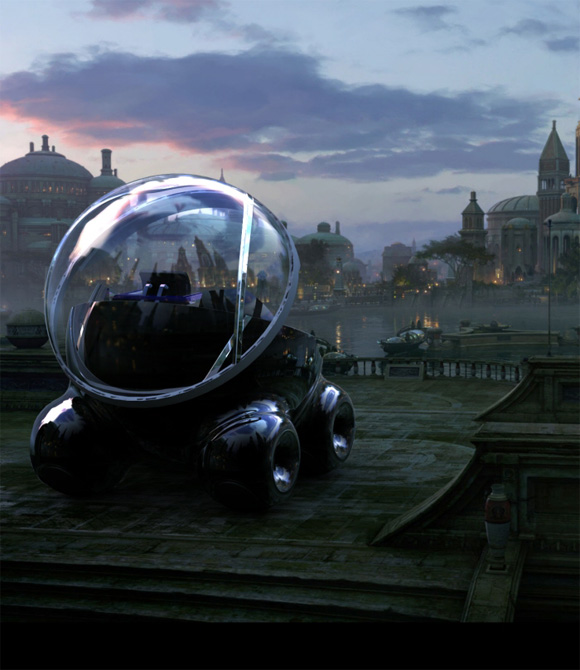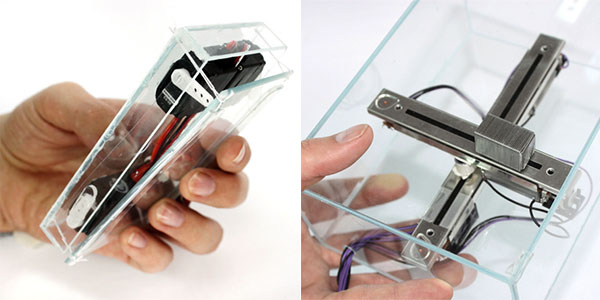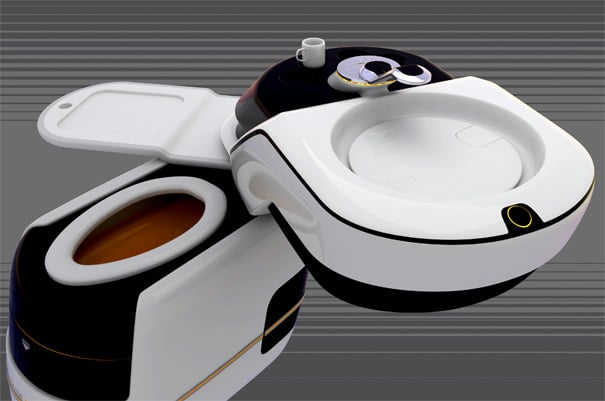Curious Displays, designed by Julia Yu Tsao, is a way-off-into-the-future conceptual idea. Like way into the future. Basically, hundreds of tiny blocks scatter your surroundings and bunch together to form various things. For example, the blocks can come together to form a screen of sorts to watch a movie, or they can collectively shape into an arrow and point to the location of your missing keys. Tsao describes the project as such:
The project explores our relationship with devices and technology by examining the multi-dimensionality of communication and the complexity of social behavior and interaction. In its essence, the project functions as a piece of design fiction, considering the fluctuating nature of our present engagement with media technology and providing futurist imaginings of other ways of being. ..
Curious Displays is a product proposal for a new platform for display technology. Instead of a fixed form factor screen, the display surface is instead broken up into hundreds of ½ inch display blocks. Each block operates independently as a self-contained unit, and has full mobility, allowing movement across any physical surface. The blocks operate independently of one another, but are aware of the position and role relative to the rest of the system. With this awareness, the blocks are able to coordinate with the other blocks to reconfigure their positioning to form larger display surfaces and forms depending on purpose and function. In this way, the blocks become a physical embodiment of digital media, and act as a vehicle for the physical manifestation of what typically exists only in the virtual space of the screen.
It’s all a little too far out there for my tastes, but an interesting topic to undertake nonetheless.
[Via CuriousDisplays; Vimeo; BoingBoing; Gizmodo]





































